During my stay in Paris in late September, I spent a couple of days walking around the old Jewish neighborhood known as Marais, now home to many pricey boutiques and most of blue chip and emerging contemporary galleries in Paris. This stroll reinforced the idea that the contemporary art business is truly global as I saw the same artists’ shows in big international galleries in Paris that I see in New York. At the same time, I saw the works of many French and European artists that I have never seen before. Overall there was a strong emphasis on material exploration in both abstract paintings and installations with the continued interests in Minimalism, but there were some strong figurative and realistic works. This post will focus on figurative paintings and installations that I found interesting in Paris.
Starting with a big name in Paris, in Galerie Perrotin, two Chinese artists Sun Yuan and Peng Yu filled two rooms with hyper realistic and surreal figures, using human fat, rubbish or live animals and parodying power relationships (both domestic and international). Their work is reminiscent of Ron Mueck or Maurizio Cattelan with a dark humor (Photos 1 & 2). Berlin artist Michael Sailstorfer also uses sardonic irony as a foil to sculpture and painting exhibition called “Freedom Fries am Arbeitsplatz” also at Galerie Perrotin (Photos 3-5).
Galerie Daniel Templon dedicates both their spaces near Centre Pompidou to first ever solo exhibition of work by Indian artist Jitish Kallat (Photos 6-8), an artist increasingly visible in international art circuit, known for his seminal shows such as ‘Public Notice 3’, his year-long solo exhibition at the Art Institute of Chicago or photographic installations such as Epilogue with its 22,000 moons made of Indian breads. Through paintings, videos, photographs and sculptures, Jitish Kallat converts a chronicle of the cycle of life in a fast-transforming India with a slight political edge. In fact, at first impression I thought the artist was a French Arab artist depicting the oppressed lives of minorities living in a Western society.
I admired figure paintings by Polish artist Marcin Maciejowski at Galerie Thaddeus Ropac. Mimicking styles and tropes of Edouard Manet and Eugene Delacroix, Maciejowski depicts contemporary social scenes in Cracow with conscious, gestural brushwork that is simultaneously simple and complex. His paintings were rare exceptions of realistic figurative work (somewhat à la Gehardt Richter) when the close examination of the work was more rewarding than the first glance of the paintings at a distance.
I also saw Canadian photographer Robert Polidori‘s exhibition of his typical work at Galerie Karsten Greve. To me, Polidori’s work reminds of more colorful and poppy version of Louise Lawler’s photos of artwork in hallways. Coincidentally, Polidori is having a solo exhibition at Mary Boon Gallery in Chelsea with the photos depicting the Château de Versaille.

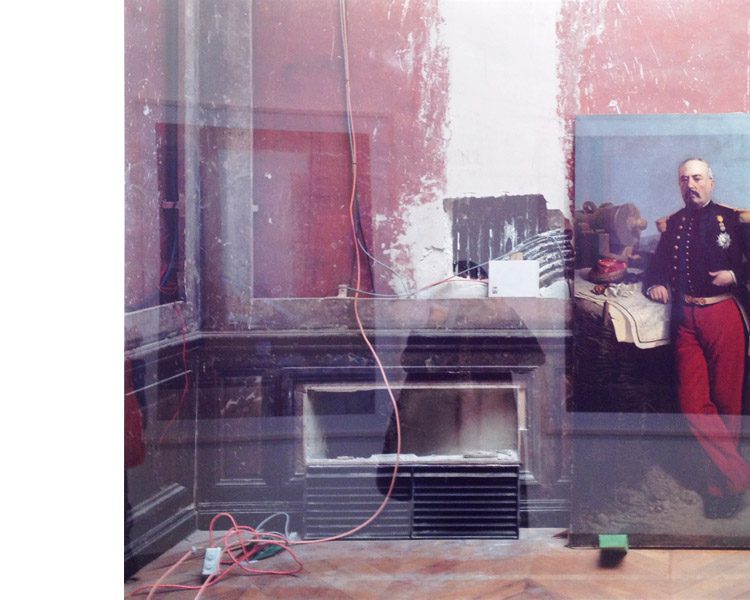
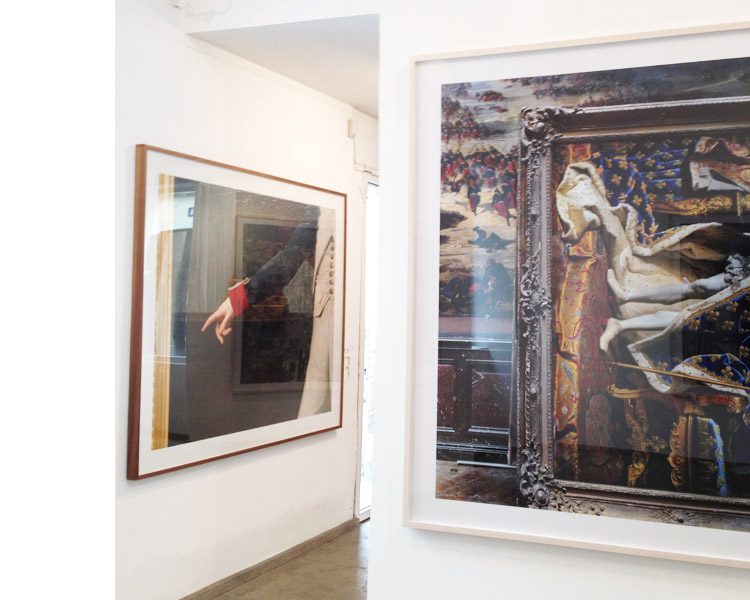
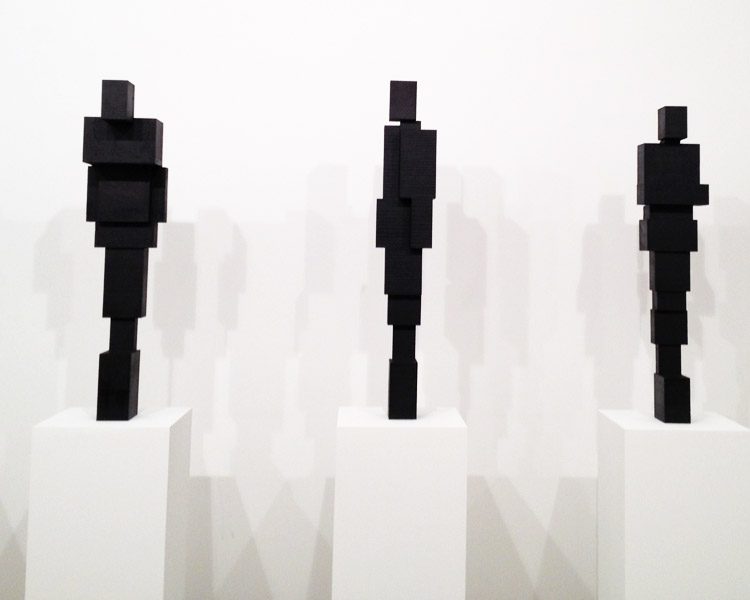
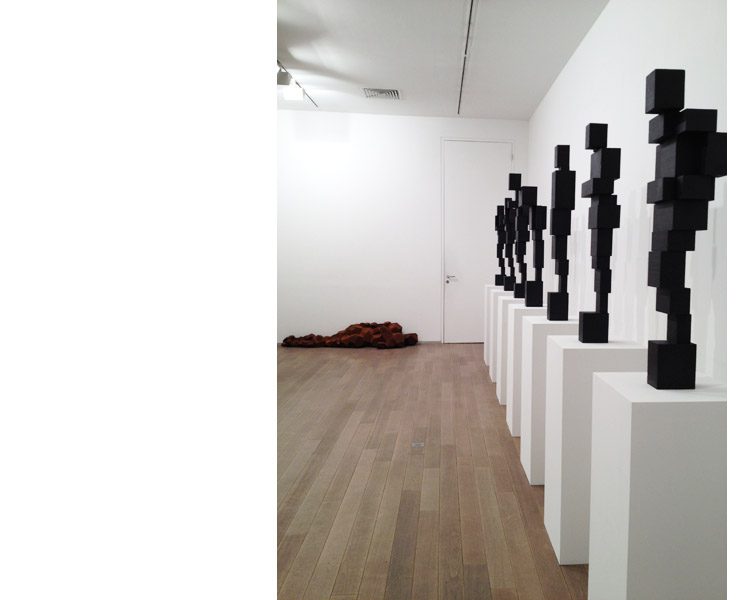
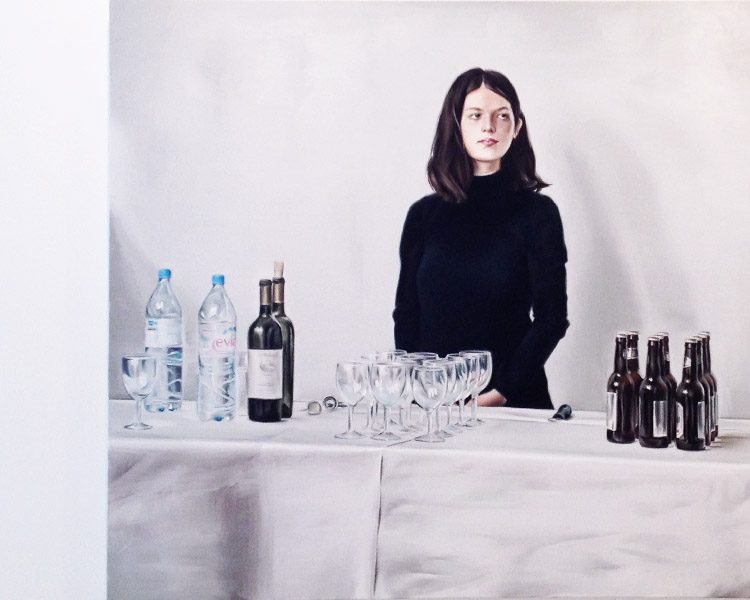
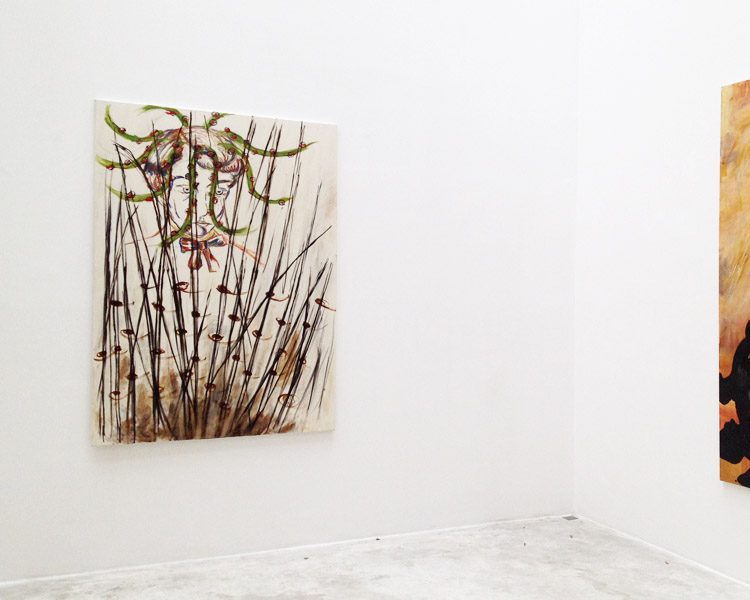
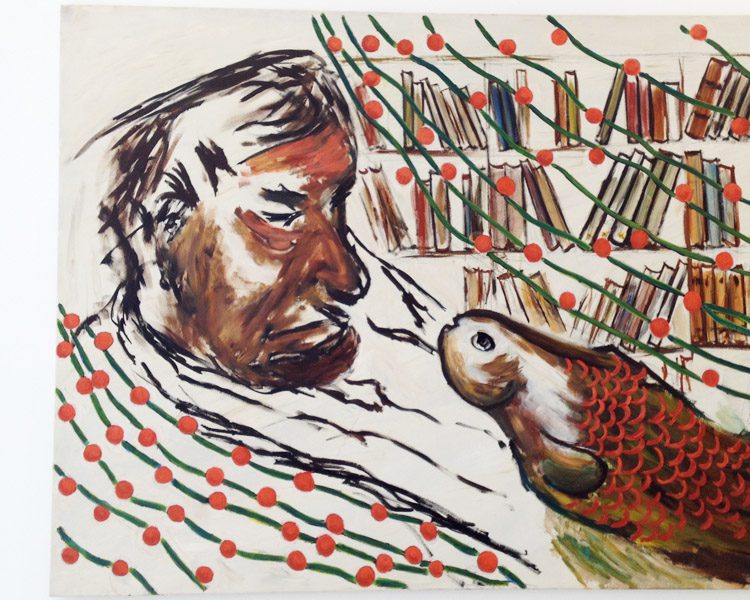
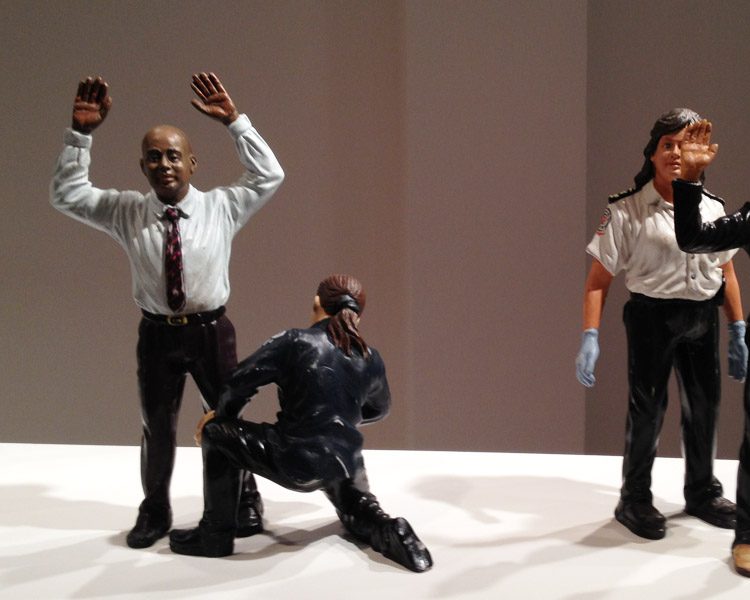
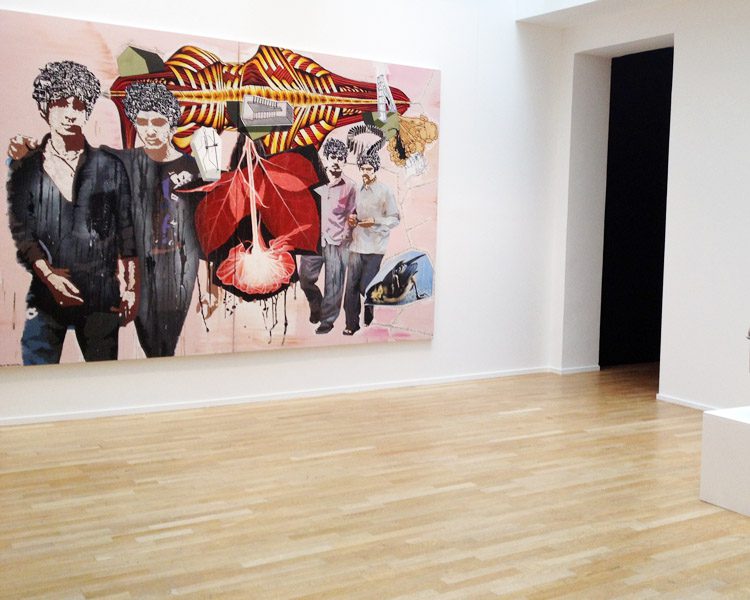
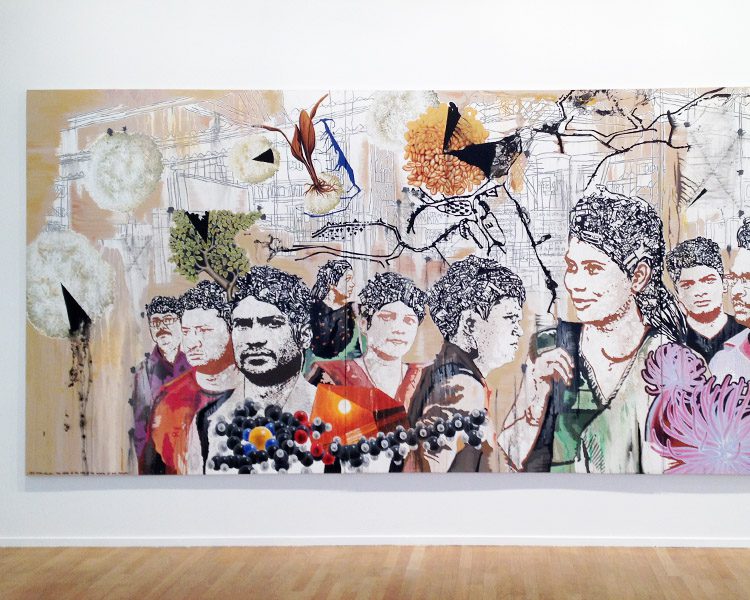
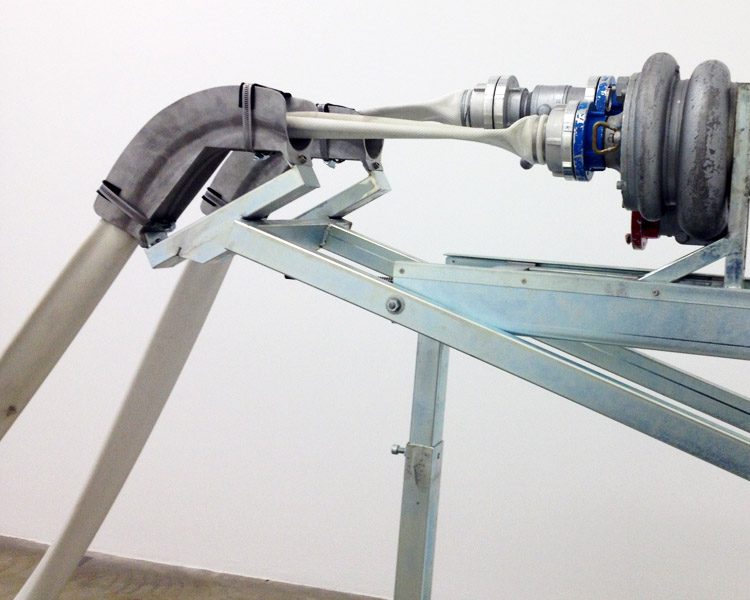
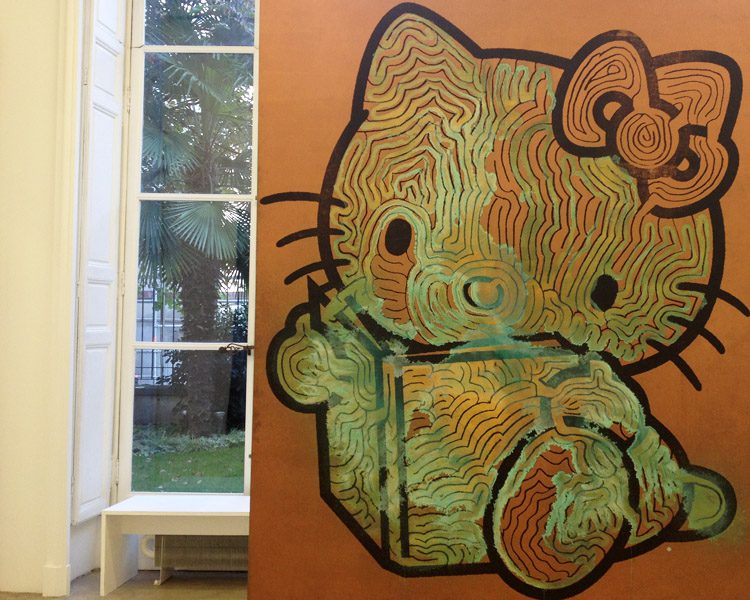
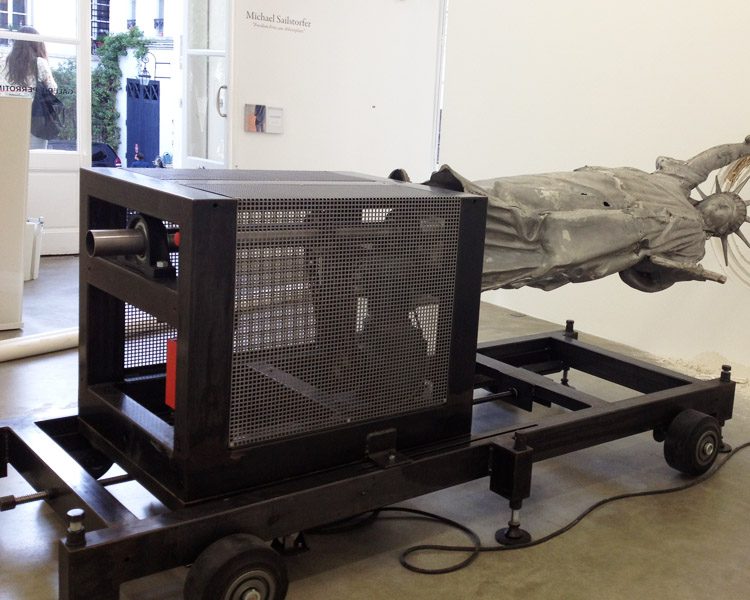
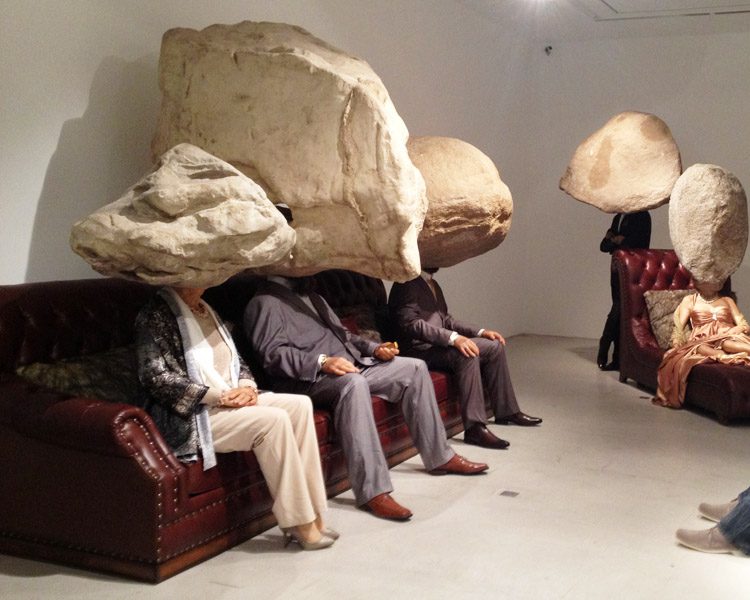
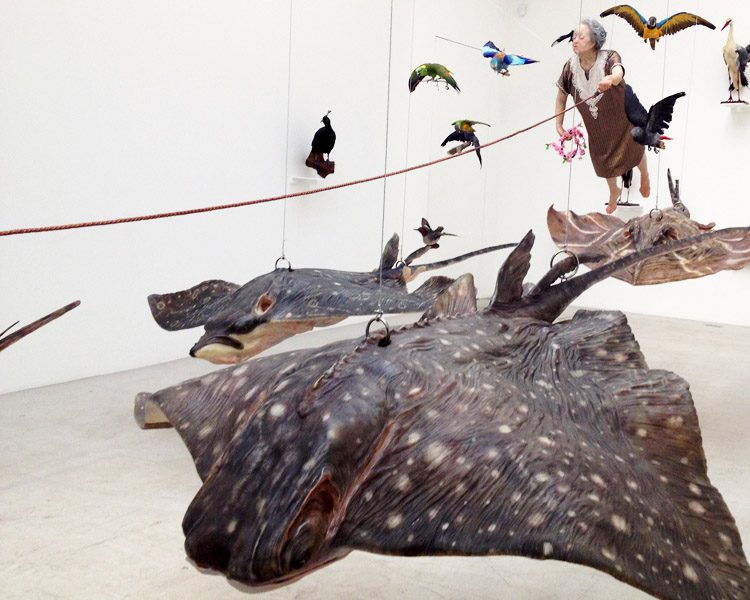
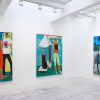
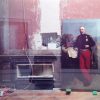
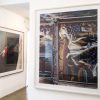
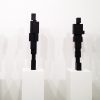
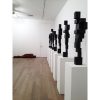

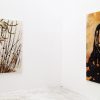
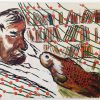
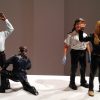
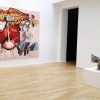
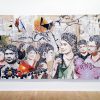
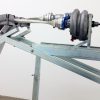
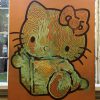
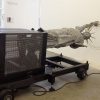
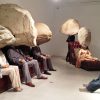
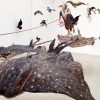
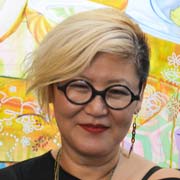 Kira Nam Greene’s work explores female sexuality, desire and control through figure and food still-life paintings, surrounded by complex patterns. Imbuing the feminist legacies of Pattern and Decoration Movement with transnational, multicultural motifs, Greene creates colorful paintings that are unique combinations of realism and abstraction, employing diverse media such as oil, acrylic, gouache, watercolor and colored pencil. Combining Pop Art tropes and transnationalism, she also examines the politics of food through the depiction of brand name food products, or junk food. Recently, Greene started a figurative painting series spurred by the 2016 Presidential Election, Women’s March, #metoo movement and ensuing crisis of conscience, this new body of work aspires to present the power of collective action by women.
Kira Nam Greene’s work explores female sexuality, desire and control through figure and food still-life paintings, surrounded by complex patterns. Imbuing the feminist legacies of Pattern and Decoration Movement with transnational, multicultural motifs, Greene creates colorful paintings that are unique combinations of realism and abstraction, employing diverse media such as oil, acrylic, gouache, watercolor and colored pencil. Combining Pop Art tropes and transnationalism, she also examines the politics of food through the depiction of brand name food products, or junk food. Recently, Greene started a figurative painting series spurred by the 2016 Presidential Election, Women’s March, #metoo movement and ensuing crisis of conscience, this new body of work aspires to present the power of collective action by women.